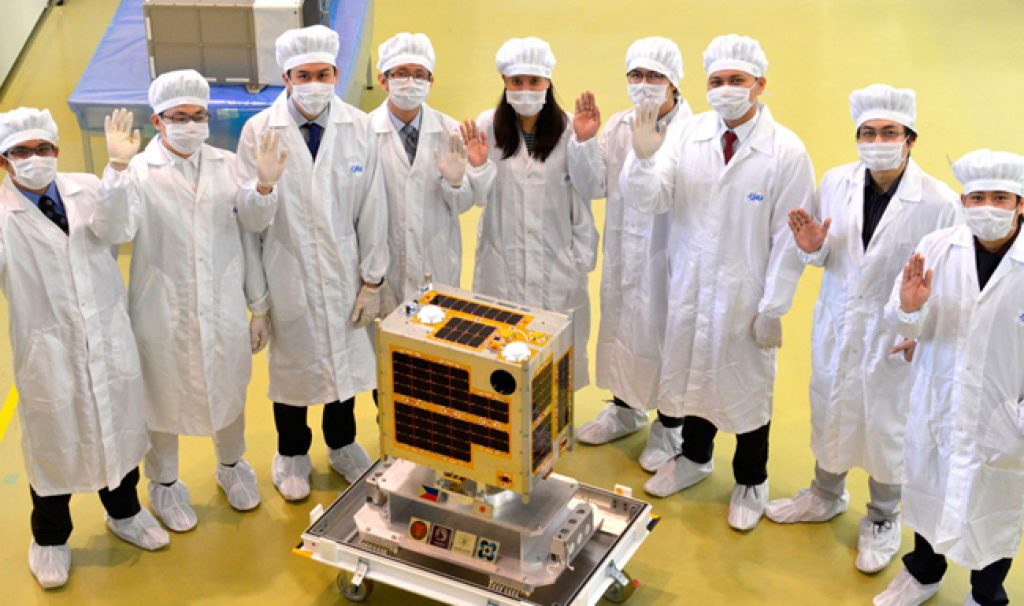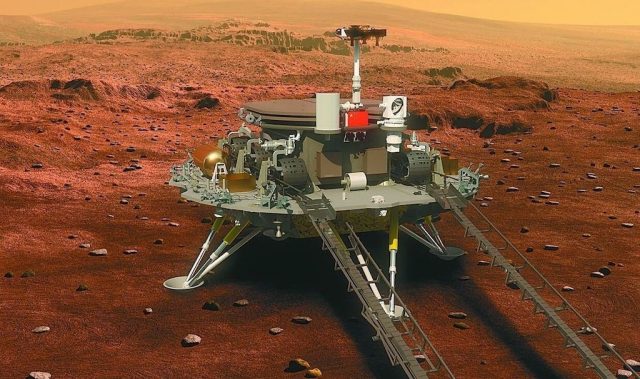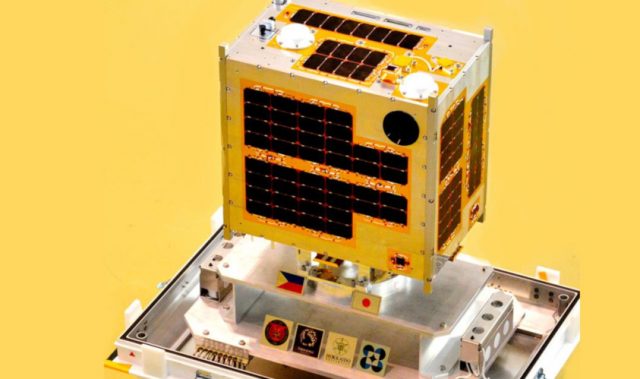
AsianScientist (Nov. 30, 2016) – Yes indeed, the Philippines is looking to start a national space agency which hopes to unify existing efforts under one collective, administrative roof.
Talk of a Filipino space program began in the 1960s under the Lyndon B. Johnson administration, when President Johnson entered into talks with Ferdinand Marcos with the goal of launching a joint US-Philippines weather satellite. Unfortunately, this did not become a reality, but it didn’t stop Filipinos from establishing the Philippine Communications Satellite Corporation (Philcomsat) and building a satellite ground station. Philcomsat, incidentally, was a founding member of the global Intelsat consortium, which makes the Philippines one of the first Asian nations to pursue space activities.
As of this moment in time, the Philippines have owned or operated just three satellites. The first, Agila-1, was initially owned by Indonesia and was launched from the US in 1987, and was later acquired by the Mabuhay Philippines Satellite Corporation (MPSC) whilst in orbit in 1996. The second, named Agila-2, was built by Space Systems/Loral and was also owned by MPSC, before being acquired by ABS. So, Agila-2 was the first satellite that was purpose-built for the Philippines.
In April last year, the third, a microsatellite or microsat called Diwata-1, was deployed from the International Space Station. Diwata-1 was the first satellite to be built entirely by Filipinos, for Filipinos. Diwata-1 and its successor (to be launched in 2017) both came under the auspices of the Philippine Scientific Earth Observation Microsatellite program, which was created to nurture homegrown satellite engineering talent as well as pave the way for a national space agency. In addition to the microsat program, the Philippine Earth Data Resources Observation was developed as a new ground station for receiving signals from Diwata-1 and future homegrown satellites.
As you can see, Filipinos already have some existing space infrastructure. In addition, companies such as Moog and Surface Technology International have established subsidiaries in the country. The dots exist; now, it’s time to join them all up.
Last month, two bills, House Bill 3637 and Senate Bill 1211, were introduced to the Philippines senate with that exact goal in mind. Collectively known as the Space Act 2016, the bills aim to unify all existing activities under one agency, which will be called the Philippines Space Agency, or PSA. The explanatory note attached to the bill described the agency goals as thus:
“As a developing country and emerging economic powerhouse in the Asia Pacific region, it is crucial for the Philippines to embark [on] the efficient utilization of space science and technology applications to address various national development and security issues.”
So in a nutshell, PSA will be focused on climate monitoring, technology development and spying—the three staples of any budding space agency. NEXT PAGE >>>













